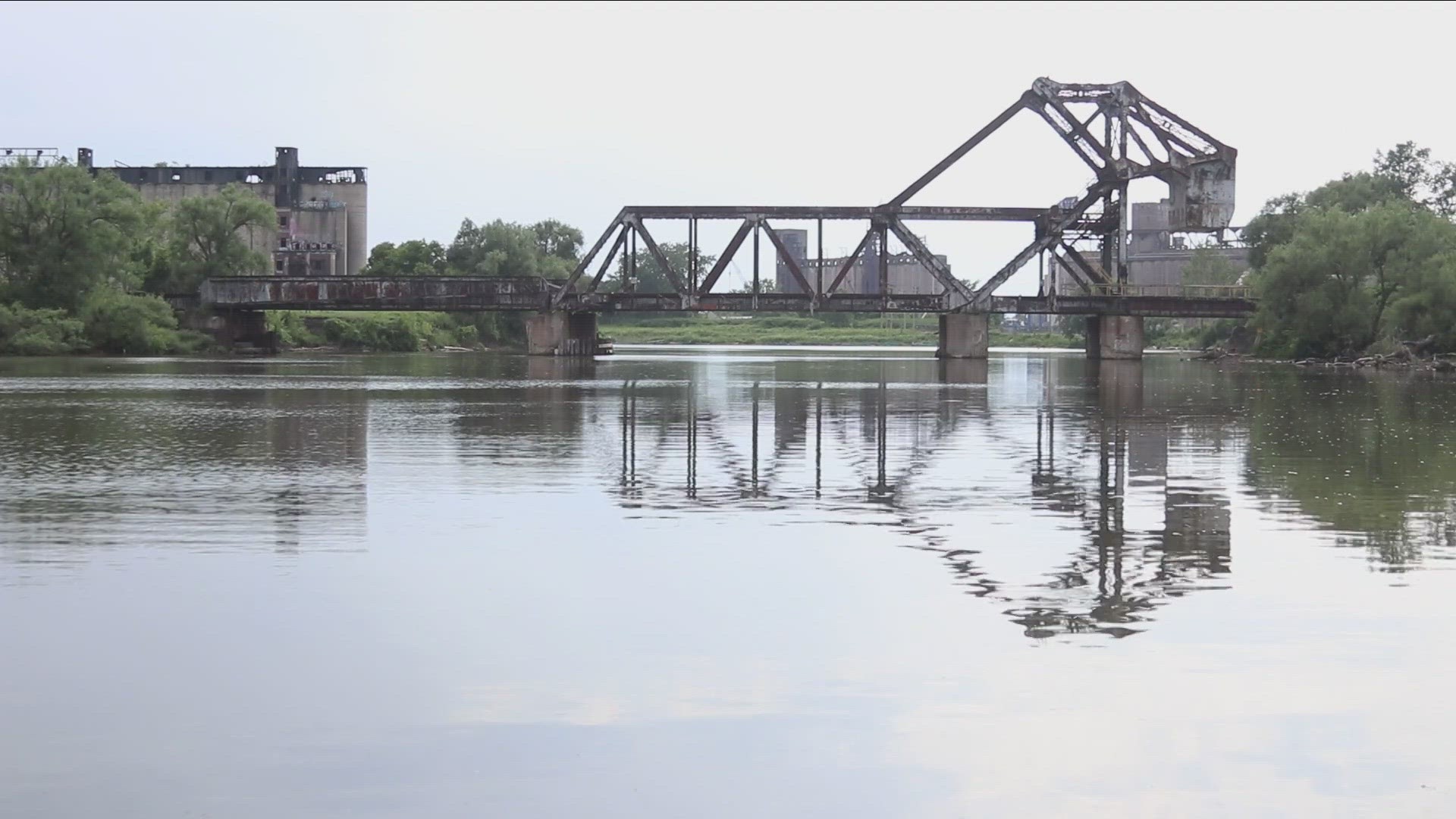BUFFALO, N.Y. — Western New York has entered that part of our annual summer season where it will be ridiculously hot for several days, and then we'll receive a deluge of water from the heavens.
Whenever the region receives a lot of precipitation in a short order, the sewer system inevitably discharges raw sewage into the lakes, rivers and creeks. As is the case with most Great Lakes cities, the system is designed to do this.
"Unfortunately, it wasn't designed to contain or deal with the waste for as many people as Buffalo currently has," said Robert Coady, project coordinator for the Buffalo Niagara Waterkeeper.
While the various health departments in the region monitor the water quality along the beaches, they don't test the water in the rivers and creeks.
"What Waterkeeper does, is try to fill in those data gaps and other popular recreation areas, but not the official beaches," Coady said.
After the recent flash rain storms, the Buffalo Niagara Waterkeeper staff tested the water quality along various points of the Buffalo River.
"All the sites that we sampled had failed some by considerable margins," Coady said.
The big concern with raw sewage in the tributaries is E. coli.
Any body of water that exceeds 235 colonies (of bacteria) per 100mL of water is considered unsafe for recreational use.
The Buffalo River, Cazenovia Creek, and Scajaquada Creek regularly exceed these levels when the sewer system overflows.
"We are still seeing these overflows as a pretty significant problems," Coady says.
With activities such as kayaking, fishing, boating, or simply trying to find a spot to jump in to cool off happening along the Buffalo River and area creeks, the Buffalo Niagara Waterkeeper frequently tests those tributaries and publishes the data on its website.
"We use a handy resource called swim guide where we upload our data there, which will notify when we're seeing failures," Coady said.
Erie County publishes water quality test results for the area beaches on its website as well.
With an influx of infrastructure money coming to Buffalo and Erie County, upgrades to the various sewer authorities are being planned. A complete overhaul of the sewer system, in the region, however, would cost billions of dollars.
"It's going to be all hands on deck to deal with this," Coady said. "While we encourage recreation along especially the Buffalo Blue Trail as much as possible, we also encourage safety."

